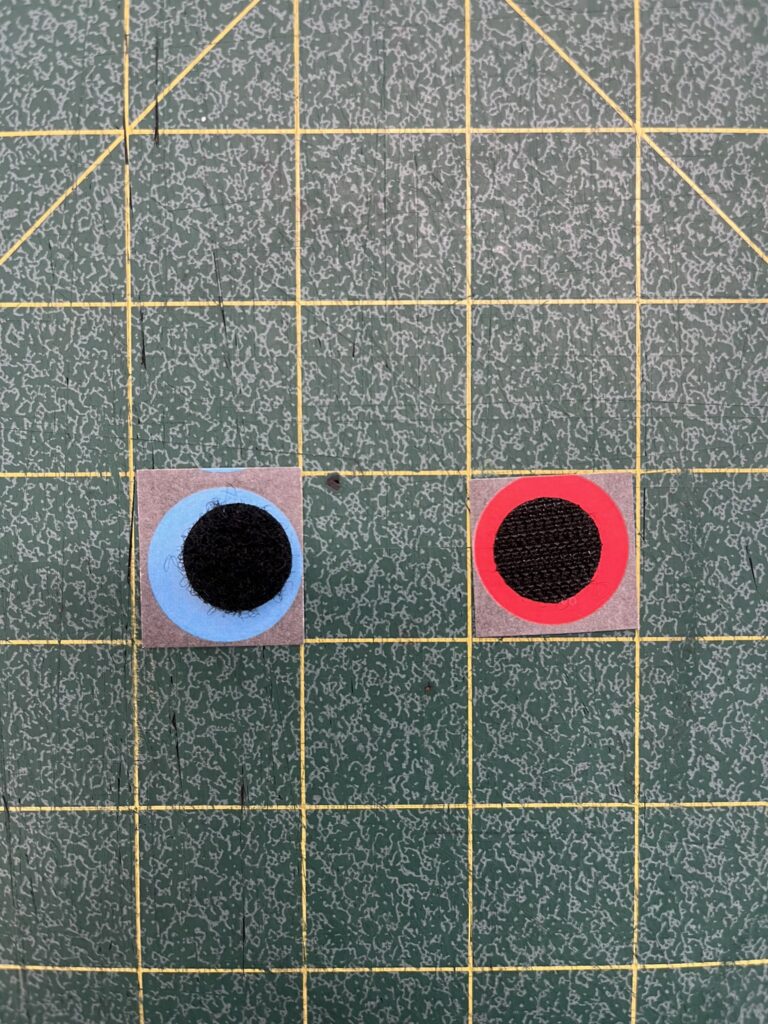
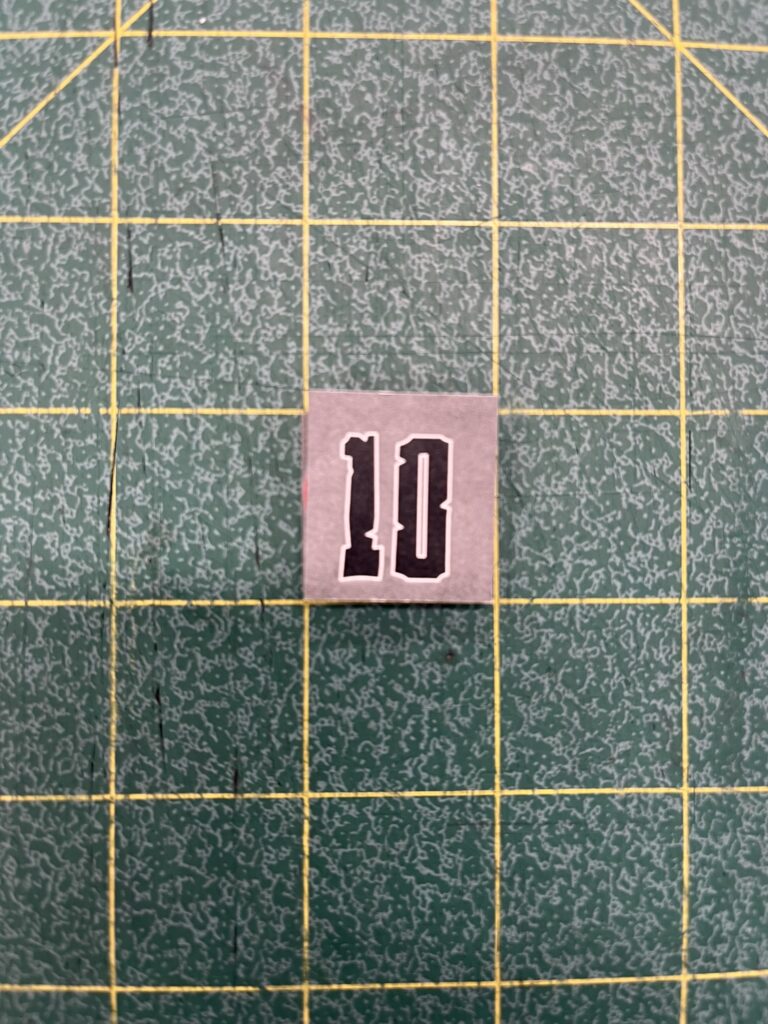
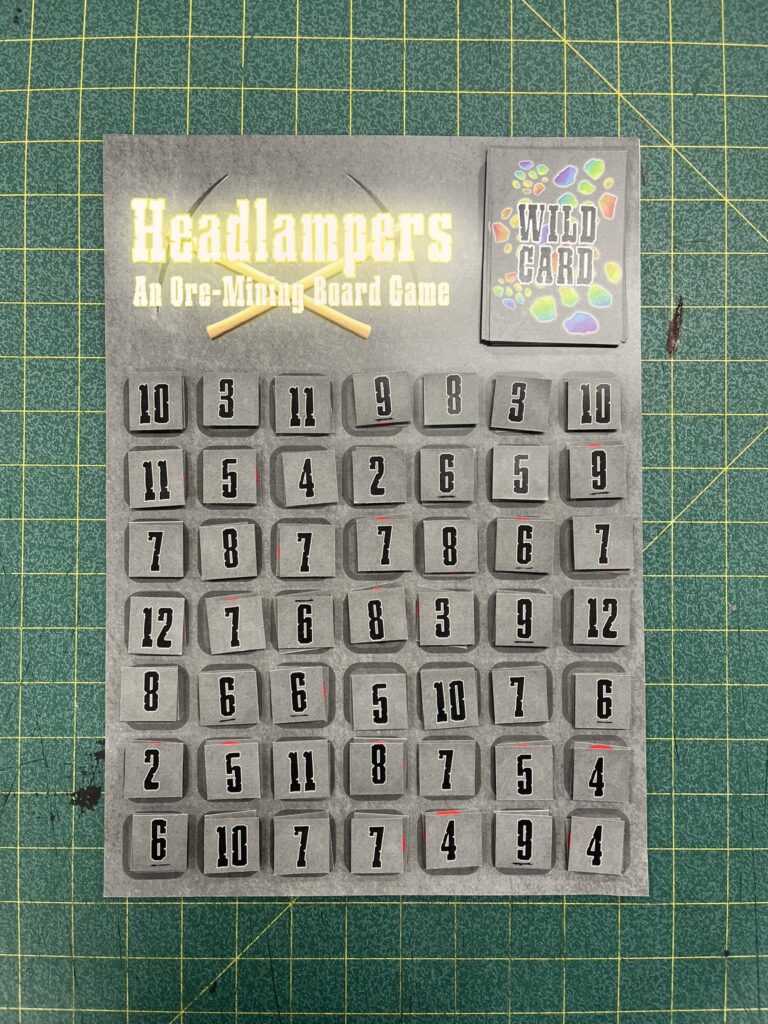
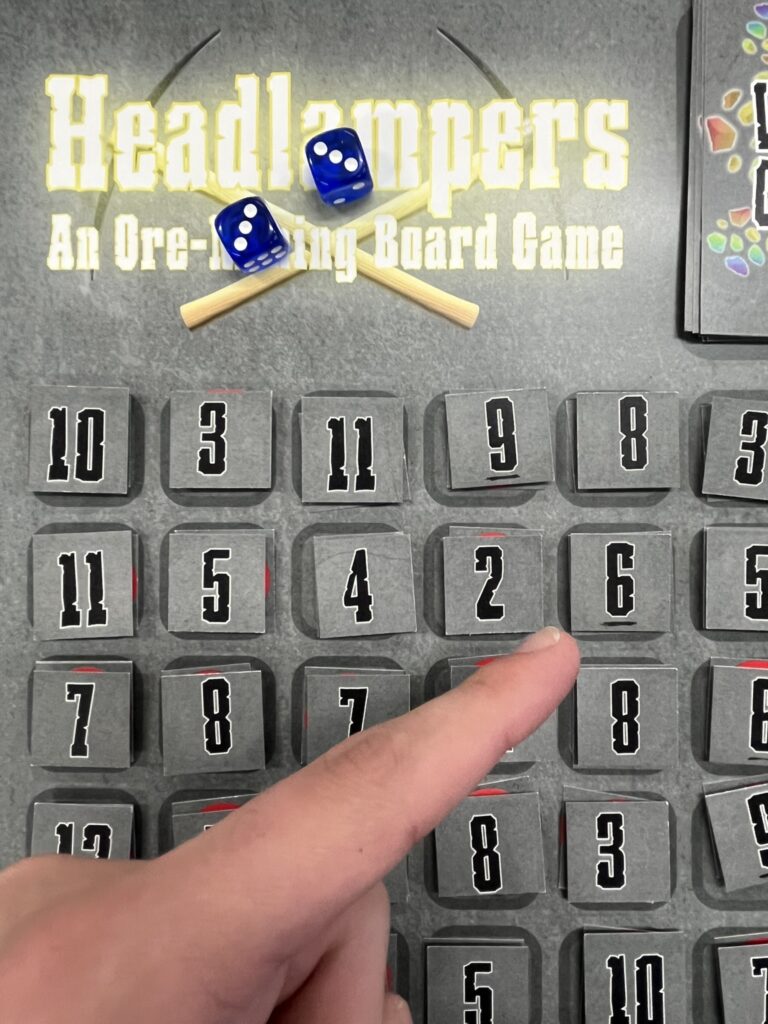


design courses, syllabi, schedules, resources and policies
The Jammers!
Madison Hurst
Make the most valuable jam recipes by combining various fruits and spices before the deck runs out!
Draw Phase:
Action Phase:
Cleanup phase:
Then, each player adds up their points from completed recipes and any bonuses.
The player with the most total points wins and becomes the Master Preserver.
Tiebreakers:
*AI was used to help organize the instructions
Introduction
Quads is a fast-paced card game that blends the style of Poker with the mechanics of Spoons. Players pass cards between themselves, aiming to collect a winning hand to bet on. After a timed card-passing phase, players bet on their hands for the chance to win the pot.
What you will need:
Game Setup
Green chips will be counted as 3 points, and red chips will be counted as 1. Extra chips should be made accessible if players run out of certain chips, and wish to exchange for chips of an equivalent value. If new to the game, play the game with a Normal level of chips.
Hand Rankings
This game borrows the hand ranking system from Poker, but removes some of the winning hands. Familiarize yourself with the ranking of hands below. Players with the highest ranking hand will claim the pot, or all chips in play. In the event of a tie, players must split the pot evenly, regardless of any extra cards (unless you are playing the Advanced Edition). When ready, start the passing phase.
Here are some examples of the hands you should be looking for.
Passing phase
Betting Phase
Once the Passing Phase ends, all players (that are not disqualified) enter the betting phase. Given their current hand, players can choose to:
The player who is locked-in first must start the betting phase, and the order of betting will follow the order of passing. After all decisions have been made, players enter the Reveal Phase.
Reveal Phase
Once the Betting Phase ends, all betting players must reveal their hand to the table. The player with the highest ranking hand will take the entire pot, or chips in play. If two players tie, and no other hand outranks them, they must split the pot as evenly as possible. Exchange chips if needed. If all players but one fold, the winner can take the pot uncontested and do not need to reveal their cards (It would make the game funnier if they did though). Players who run out of chips are eliminated from the game.
Collect the cards, shuffle the deck, then restart the Passing Phase. Continue until a Win Condition is reached.
Win conditions
Players can decide a winner using points, number of rounds, disqualification, or some mixture of the 3. Here’s some standard examples to provide a framework, but feel free to create your own:
Advanced Edition (Optional Rules): Read if you’ve played Quads enough
If you’ve played enough Quads to understand the game, and want more of a challenge, feel free to add some bonus rules:
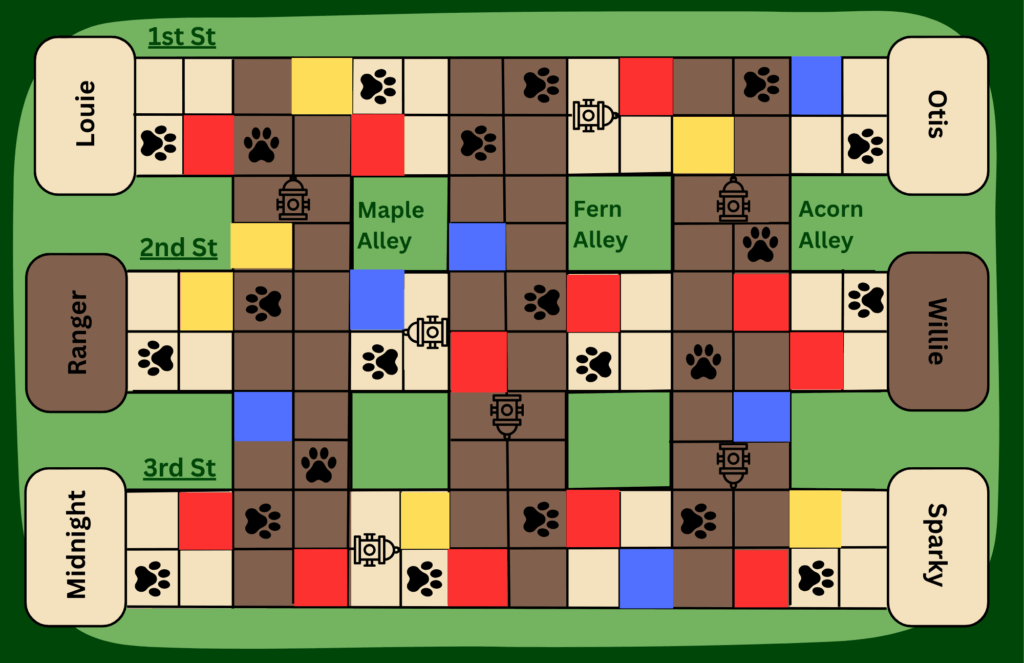
🟢 BONUS MOVES (6 cards)
1. Zoomies! — Move forward 3 extra spaces.
2. Sniff Something Familiar — Move to the nearest Red house space.
3. Fetch Champion — Roll again and take another full turn.
4. Neighborhood Shortcut — Jump across one Alley to any connected Street.
5. Lucky Bone! — Gain +2 points instantly.
6. Treat Time — Draw one extra Fetch Card this turn.
⸻
🔴 PENALTIES (6 cards)
7. Caught by the Dogcatcher! — Skip your next turn.
8. Lost Collar — Move back 3 spaces.
9. Rainstorm! — All dogs lose 1 move next round.
10. Wrong Yard! — Lose 2 points for trespassing.
11. You Chased a Cat — Move back to your previous intersection.
12. Dropped the Bone — Discard your lowest-value house token.
⸻
🟡 TRADES & SWAPS (6 cards)
13. Playdate — Swap one house token with any player.
14. Friendly Bark — Choose one player; both of you draw 1 Fetch Card.
15. Steal the Spotlight — Take one random card from another player.
16. House Swap — Exchange your highest-value house with another player’s.
17. Pack Instinct — Move to share a space with another dog; both draw 1 Fetch Card.
18. Good Neighbor — Give one Red house to another player; gain +2 points for kindness.
⸻
🟣 CHALLENGES (6 cards)
19. Dig for Treasure — Roll the die; on 5 or 6, gain +3 points. Otherwise, lose 1 point.
20. Bark-Off! — Choose another player; both roll. Higher roll gains +2 points.
21. Hide the Bone — Roll the die; on even, draw another card. On odd, skip next Fetch action.
22. Obstacle Course — Move through two hydrant spaces in one turn to earn +4 points.
23. Sniff Contest — First player to reach a blue house gains +2 bonus points.
24. Runaway Mail Truck — All players move 2 spaces backward.
⸻
🔵 EVENTS (6 cards)
25. Garbage Day! — All Red houses are worth +1 this round.
26. New Family in Town — Add a new Red house token to any empty space.
27. Full Moon Frenzy! — Every player moves again immediately.
28. Squirrel Chase! — Roll a die: 1–3 move back 2 spaces; 4–6 move ahead 2 spaces.
29. Friendly Fire Hydrant — Gain +1 point for each hydrant you’ve passed.
30. Dog Park Meetup — Every player draws a Fetch Card.